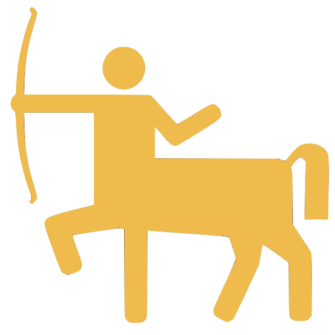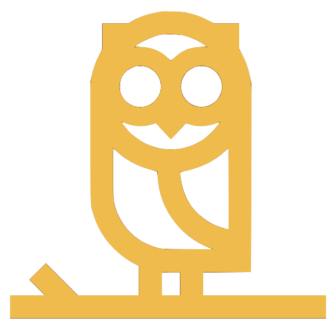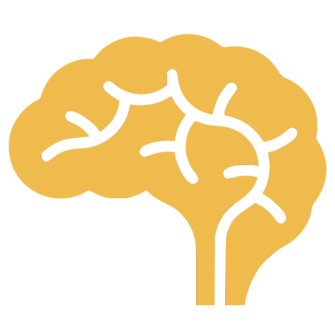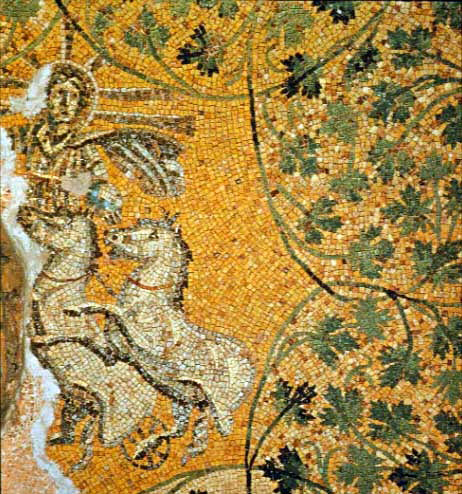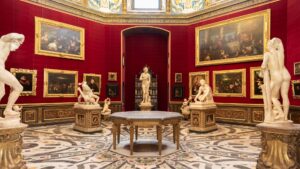How did the cross enter the world of Christianity?
It may seem obvious that its symbol is a cross because Jesus was crucified on it. But Jesus also “turned water into wine” and healed hundreds of sick people. Why not a symbol of grapes or a sick person?
Also, it should be noted that Jesus was most likely crucified on a straight or T-shape beam.
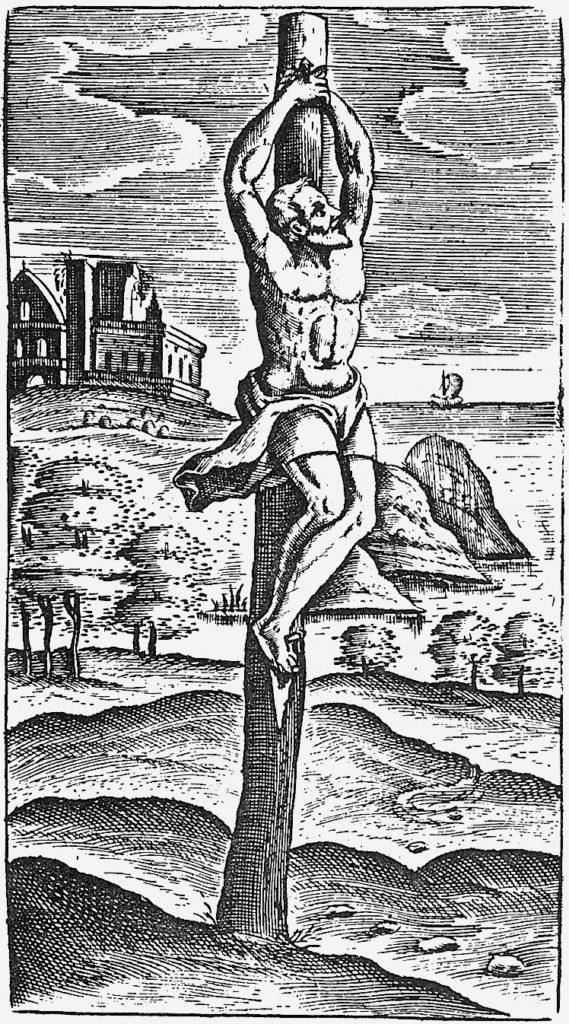
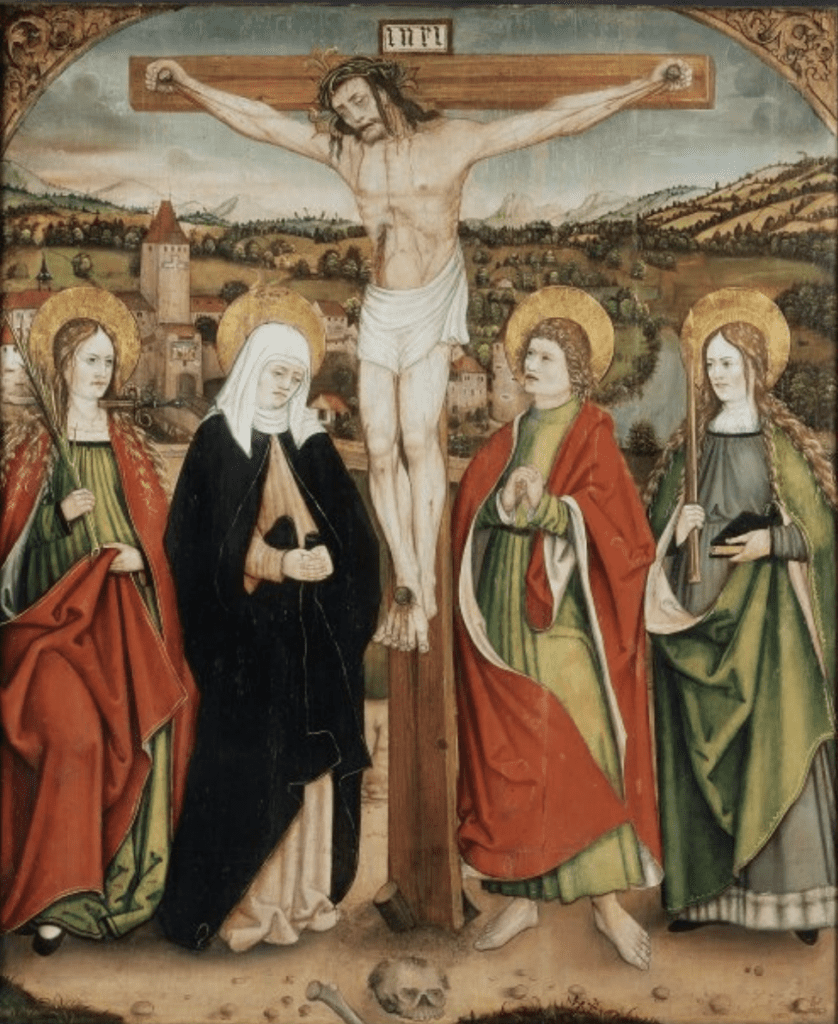
Etymology of the Word “Cross”
A lot of information can be found in studying words (etymology)
See, the English word “cross” comes from the Latin word “Crux” to denote the torture device used for capital punishment during the Roman Era. Criminals were put in various inhumane ways on these wooden objects, which were most commonly shaped like a pole or a T, and they were to suffer an excruciating slow death (it’s actually where the word exCRUCiating comes from).
Remember that the new testament, which recounts the life and death of Jesus, was originally written in Koine Greek, an ancient Greek dialect, and later, translated to Latin. So, Crux was actually translated from STAUROS σταυρός, which has the same connotation.
In the original Greek New testament, Stauros, was often written in an abbreviated form… Like this.
The greek letter Tau and letter Rho were superimposed to form a single character. This monogram, called the Tau Rho, (or stavrogram) would later become one of the Christian symbols, but until then, it was just a way of abbreviating the device on which Jesus died on.
Original Christian Symbols
In the first 4 centuries of its prominence, Christianity faced a lot of persecution by the Roman Empire. Christians had secret symbols in order to recognize each other. There was the :
- The Ichthys ΙΧΘΥΣ fish
- The letters Alpha and Omega
- The dove
- The anchor
There were more, but the cross was not one of them. Until came Constantine 1st, the first Roman emperor to have converted to Christianity.
Constantine and His Dream
Before converting, Constantine was a pagan like the majority of the Roman people and their ancestors, worshipping different gods including the all mighty and All-Seeing Sun God, which is symbolized by a…. cross.
So now you see what I’m getting at, but let’s keep going….
Rome was going through a civil war in the early 300s, and Constantine, then just a ruler of western Rome was about to become the sole Roman emperor. It was said that on his way to battle against the Roman emperor, Maxentius, Constantine and his Gallic troop saw something miraculous in the sky, a huge cross. There was even an inscription saying “By this Conquer”.
The following night, Constantine dreamed of Christ telling him to make what he had seen in the sky, the symbol of God and, to conquer by it.
Affected by this dream, Constantine ordered for all arms and flags to be marked with a Chi cross (X), the first letter of Christ (ΧΡΙΣΤΟΣ). Other accounts say that the mark was the Chi-Rho, a superimposed monogram of the first two letters of the Christ. Chi and Rho. (Χ and Ρ).
Early biblical authors had a thing with making sacred words into codes by using their first two letters and adding a line on top. The new testament is full of these Nomina Sacras.
In 312, Constantine and his soldiers eventually overthrew Maxentius and his men, and to them, this was done with the divine intervention of God, the Christian god, marked by the cross.
From here on, these divine symbols became those of the Roman military and thus, the Roman Empire’s
Before Constantine died, not only did he get baptized but he also made Christianity the official religion of the Roman Empire. Therefore, the Chi and the Chi-Rho also became the symbol of Christianity…along with other monograms based on the initials of Jesus Christ. And gradually, they have transitioned to the bare cross.
We’ll find out later how Constantine could have had such a dream and vision but first let’s get into a bit of numismatic, the study of coins.
When we look at ancient Roman coins from around the time of Constantine, we witness the transition from paganism to Christianity. We can see variations of monograms like the X, the Chi-Rho, and the Tav Ro. We can also find a wealth of pagan iconographies.
One of them is the Roman Sun God, Sol Invictus, crowned by sun rays, and next to him is an equilateral cross. It is not certain if this was meant to be a Christian cross, but it should be known that…
The cross was a symbol of the sun god across ancient Europe, Asia, and other major continents.
The symbol is also called Solar Cross or Sun wheel. It has been found in the Neolithic to Bronze Age of European history, and variations of it are found throughout the rest of the ancient and modern world.
The Sun god is the all-being protector of truth and justice because It sees everything as it travels across the skies, often on a chariot led by 4 horses, sometimes one. Some historians say that the sun cross stems from the look of the chariot’s wheel.
If we were to go further back in time with those European coins, say to 100 BC, we could find the symbol of the horse and that of a single wheel, to represent the sun god; and within the wheel, is the equilateral cross, which is also found in ancient European artifacts.
In ancient Mesopotamia, modern-day Iraq, the sun God was Utu later known as Shamash; he is symbolized by a sun disk which is also comprised of a circle within which there is a cross along with crossing sun rays. Speaking of rays, another sun god iconography worth mentioning is the halo of sun rays adorning the head of the god, representing his grandiosity and holiness.
The sun is the giver of life, and therefore also represents life
Many 6th century Christian authors associate the cross with the tree of life.
The Ankh of Ancient Egypt represents the KEY OF LIFE. It’s shaped as a cross with a loop on top. And existed as early as the 29th c.
Throughout the world, especially in Asia, the cross or wheel existed in the form of a Kolovrat. A cross with its arms bent in one direction. This symbol also bears celestial significance, like the sun, the 4 directions or 4 seasons. The broken arms add the effect of rotation found universally, such as the circling of the planets, galaxy and overall, life.
The cross has been present in our history from as far as we could dig. It seems evident that Constantine had established a Christian version of the cross for sake of a smooth transition, from polytheism to Christianity.
However, it is possible that it wasn’t done strategically, but subconsciously.
As psychoanalyst Carl Jung believes, there are symbols and images in humanity’s collective unconscious that keep resurfacing through dreams, and eventually convert to art and mythology.
Constantine’s dream of the cross as a symbol of God is not incredible; the cross has been a venerated symbol for thousands of years, before his time, and even during it.
According to Jung “anything we have heard or experienced can become subliminal – that is to say, can pass into the unconscious”. The unconscious expresses itself through dreams. And Jung says that “our dream life is the soil from which most symbols originally grow”.
He also adds that “our conscious impressions… quickly assume an element of unconscious meaning that is physically significant for us”, in other words, symbols in dreams have a meaning that is personal to the dreamer.
The sun god’s cross may have been representative of the ultimate united God (among the other deities) to Constantine’s deep unconscious. It’s also possible that the importance of a united Rome through one religion metamOrphosed itself into a solution-driven dream; being of Christ telling him to conquer by the cross, the symbol of God…. And thereby uniting pagans and Christians under one familiar symbol.
Just a speculation…
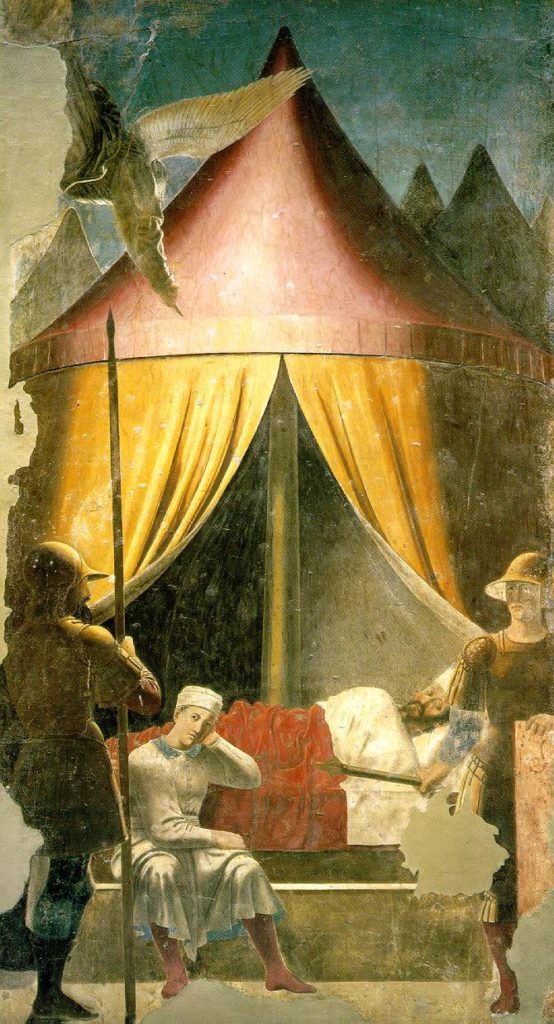 Constantine’s Dream by Piero della Francesca
Constantine’s Dream by Piero della Francesca
As for seeing a majestic cross on the sun horizon, it is possible that he had seen a natural phenomenon we call Sun Dogs. These happen when sunlight is refracted by ice crystals in the atmosphere. Sun dogs can actually be seen anywhere in the world during any season, but are most obvious when the sun is on the horizon.
So much for miracles huh… but Hey, even if we know the science behind it, it is still quite a glorious sight, so I could imagine how it was seen in earlier times! Perhaps sun dogs could have inspired the symbol of the sun cross as well…
It could be debated in many ways, why the sun or life would be represented by a cross, of all images.
To Jung, the crossing of the lines symbolizes the union of two elements, for instance, that of a man and woman, creating a new life.
Furthermore, the image clearly points to a centre; humans have always put importance on the centre, where everything else spans from. Jung says that this is reflected in the way humans have arranged cities and homes. Humans also see themselves as the centre of the universe. Not in an arrogant way, but more in the sense of our consciousness being the centre of it all; everything exists due to our consciousness.
But why would the Latin cross, which is the standard cross today, not be equilateral? Well, it had been for a period of time. After a good run of the monograms, the equilateral cross, also called the Greek cross, was the common form, up until the 9th c. Carolingian dynasty
Though the Greek cross is still used in the minority, its transition to today’s customary Latin cross is said to have happened in order to better conform to the story of Jesus’ crucifixion or to the original chi-rho and tau rho. Jung says that this upward movement of the centre of the cross is humanity’s subconscious manifestation of elevating the center of man and his faith into the spiritual realm.
In any case, the overall look of the cross, despite its many variations, has remained; two lines, sometimes more, intersecting each other, creating a centre, and 4 or more divisions, and in some cases, showing a cyclical motion.
Today, the cross is for the most part the symbol of Christianity, a symbol of resurrection, life and hope. But all it takes is a closer look at our history, to find that the symbol has existed from the time humanity could express itself. Religions come and go, but it seems that symbolisms remain in the depth of our consciousness, waiting to resurrect anew, through narratives that are meaningful to us, collectively and personally.


